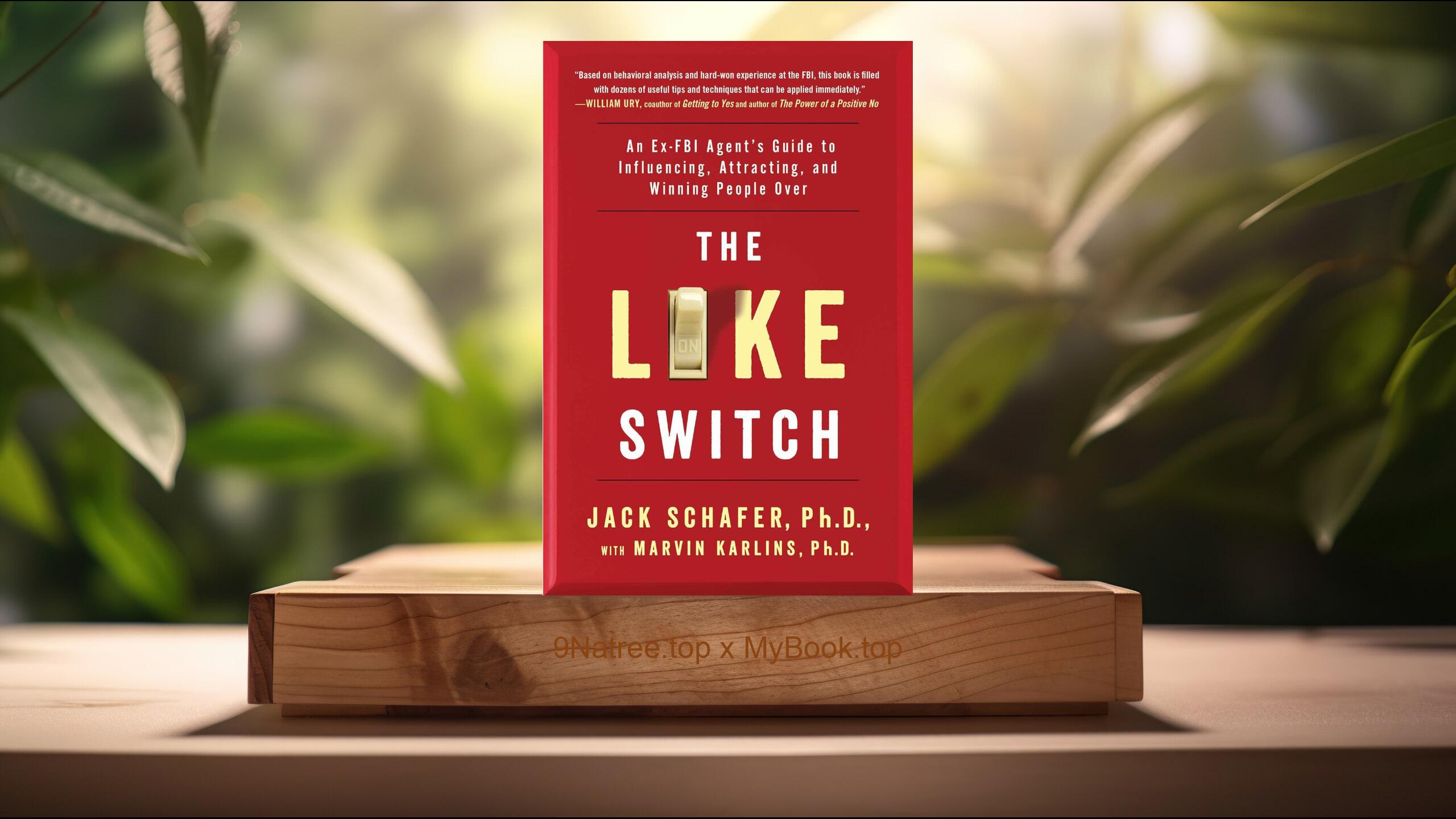Show Notes
- Amazon USA Store: https://www.amazon.com/dp/1989025005?tag=9natree-20
- Amazon Worldwide Store: https://global.buys.trade/Exactly-What-to-Say%3A-The-Magic-Words-for-Influence-and-Impact-Phil-M-Jones.html
- Apple Books: https://books.apple.com/us/audiobook/exactly-what-to-say-the-magic-words-for-influence-and-impact/id1438467593?itsct=books_box_link&itscg=30200&ls=1&at=1001l3bAw&ct=9natree
- eBay: https://www.ebay.com/sch/i.html?_nkw=Exactly+What+to+Say+The+Magic+Words+for+Influence+and+Impact+Phil+M+Jones+&mkcid=1&mkrid=711-53200-19255-0&siteid=0&campid=5339060787&customid=9natree&toolid=10001&mkevt=1
- Read more: https://mybook.top/read/1989025005/
#communicationskills #persuasiontechniques #effectivewording #psychologyoflanguage #handlingobjections #strategicquestioning #ExactlyWhattoSay
These are takeaways from this book.
Firstly, The Psychology of Words, Phil M. Jones dives into the psychological underpinnings of why certain words are more effective than others in communication. He suggests that the right words can trigger emotional responses, build trust, and persuade others to take action. The psychology of words emphasizes the importance of understanding the listener’s perspective and emotional state. Jones elaborates on techniques for using this understanding to tailor conversations in a way that resonates with the listener, thereby increasing the likelihood of achieving the desired outcome. This section highlights the intersection of psychology and linguistics in effective communication, underscoring the importance of choosing words that align with the listener’s emotions and expectations.
Secondly, Strategies for Persuasion, Jones outlines various strategies for persuasion, focusing on how to leverage specific phrases to guide conversations toward a favorable outcome. He provides insights into the art of subtle suggestion, asking leading questions, and employing linguistic techniques that encourage others to open up, agree, or commit to an action. These strategies are not about manipulation; instead, they focus on enhancing clarity, empathy, and mutual understanding in conversations. By dissecting the mechanics of influence, Jones offers readers a blueprint for persuasive dialogue that respects the autonomy of the conversation partner while gently nudging them towards a mutually beneficial resolution.
Thirdly, The Power of Questions, One of the core principles in 'Exactly What to Say' is the transformative power of questions. Phil M. Jones illustrates how strategic questions can steer conversations and elicit more meaningful responses. He distinguishes between closed and open-ended questions, highlighting how the latter can facilitate deeper understanding and connection. Questions are portrayed as a toolkit for unlocking the true intentions, desires, and needs of others, thereby paving the way for more effective and impactful communication. This section also covers the timing and phrasing of questions to maximize their potential to influence and inform.
Fourthly, Handling Objections, Jones delves into the crucial aspect of handling objections, a common challenge in both personal and professional communications. He presents techniques for anticipating, acknowledging, and addressing objections in a way that maintains rapport and open lines of communication. This involves empathetic listening, reframing objections as questions or requests for more information, and providing reassurances without dismissing concerns. By mastering the art of dealing with objections, readers can navigate difficult conversations with grace and enhance their ability to influence outcomes positively.
Lastly, Practical Application and Case Studies, The book rounds off with practical application tips and real-life case studies demonstrating the effectiveness of the strategies discussed. These examples serve to bridge the gap between theory and practice, showing readers how to apply Jones’ principles in everyday situations. From sales pitches to family discussions, the case studies encompass a range of scenarios, offering insights into how subtle shifts in wording can lead to markedly different results. This section emphasizes the adaptability of the book’s teachings across various contexts, providing readers with a versatile communication toolkit.
![[Review] Exactly What to Say: The Magic Words for Influence and Impact (Phil M Jones) Summarized](https://episodes.castos.com/660078c6833215-59505987/images/2080135/c1a-085k3-dmzk4jq2s9go-iqj1nt.jpg)




